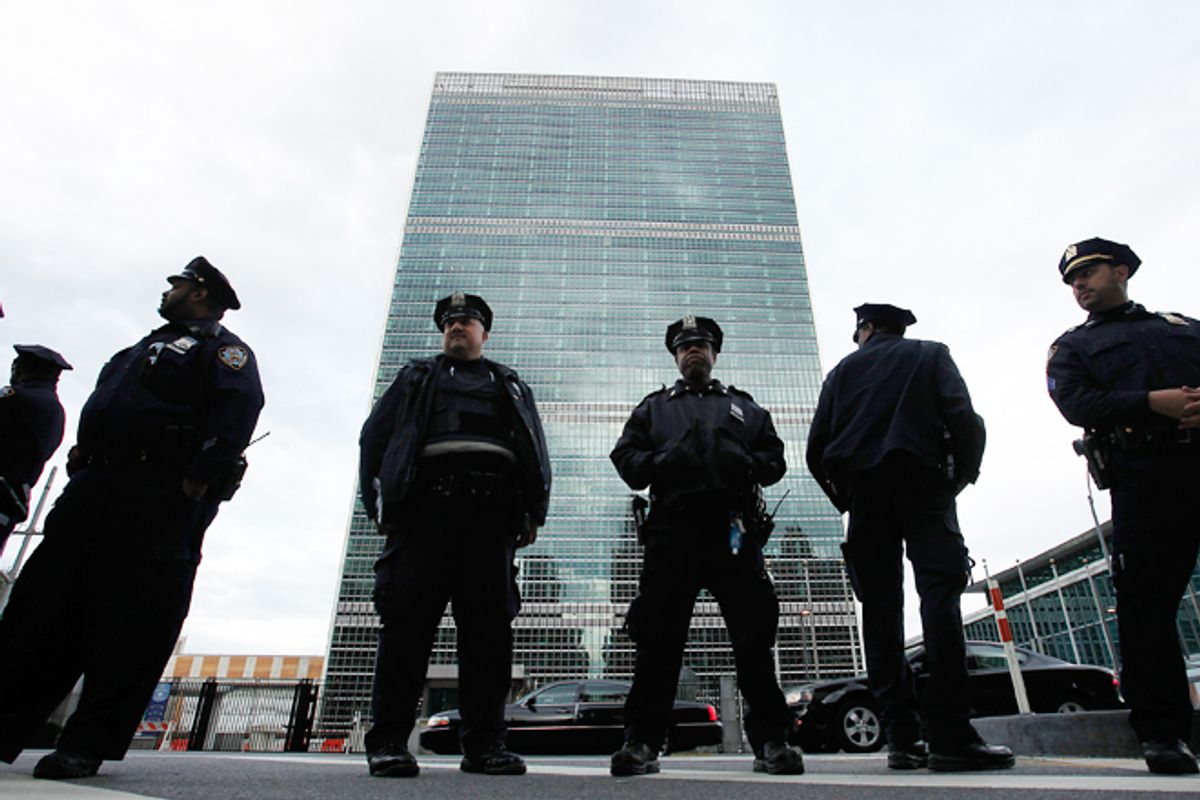It is victory indeed for the community groups and civil liberties advocates that have spent years fighting against the NYPD's practice of stopping and frisking young black and Latino men without probable cause that on Monday a federal judge ruled the police's tactics are unconstitutional and discriminatory.
The specifics of Judge Shira Scheindlin's rulings and the remedies she suggested to better police protocols are worth picking apart.
First, the judge stated that she intended to appoint an outside monitor -- lawyer Peter L. Zimroth -- to oversee the NYPD’s compliance with the Constitution. Commissioner Ray Kelly (with the support of Mayor Bloomberg) has long rejected proposals to bring in extra independent oversight of his department. As such, his response and potential challenges to this aspect of Judge Scheindlin's proposed remedies are worth keeping an eye on, especially in the New York mayoral race. Indeed, even long-term Bloomberg ally mayoral candidate (and careful politician) City Council Speaker Christine Quinn announced earlier this year that city lawmakers had reached a deal to install an inspector general to monitor the vast police department.
The federal judge also noted a series of remedies intended to better train police and put an end to warrantless stops.
"In order to conduct a stop, an officer must have individualized, reasonable suspicion that the person stopped has committed, is committing, or is about to commit a crime," said Scheindlin, specifying that to frisk an individual, that person must be believed to be "armed and dangerous." In an important decrial of the police department's reliance on "furtive movements" as sufficient grounds for a stop, Scheindlin made clear that the bar had to be far, far higher.
To enact this, the following remedies were suggested:
Police must change the forms they use to record stops. Forms must include a narrative section (not just check boxes) such that officers are forced to describe why they stopped a person. A receipt of form must also be given to the person stopped.
There was the suggestion too of creating a pilot program, which would involve cops wearing cameras so that their activities could be readily monitored and evidence made available in claims of unfair stops.
Scheindlin suggested too that a "Joint Remedial Process" be inaugurated in order to properly flesh out and work on the needed reforms. Crucially, the process is intended to involve both plaintiffs and defendants in this landmark case.
Were these remedies to be robustly applied, there is little doubt that the situation would improve (as far as police interactions go) for young, black and poor New Yorkers, who have for years been regularly stopped and harassed by virtue of their skin color and their location in the city.

Shares